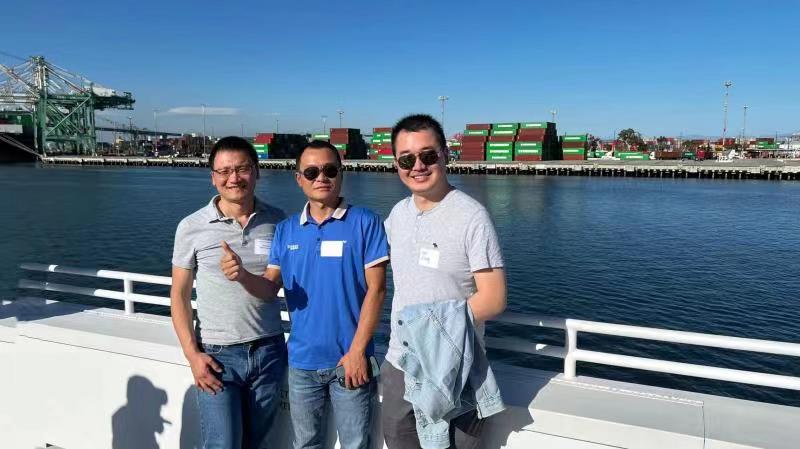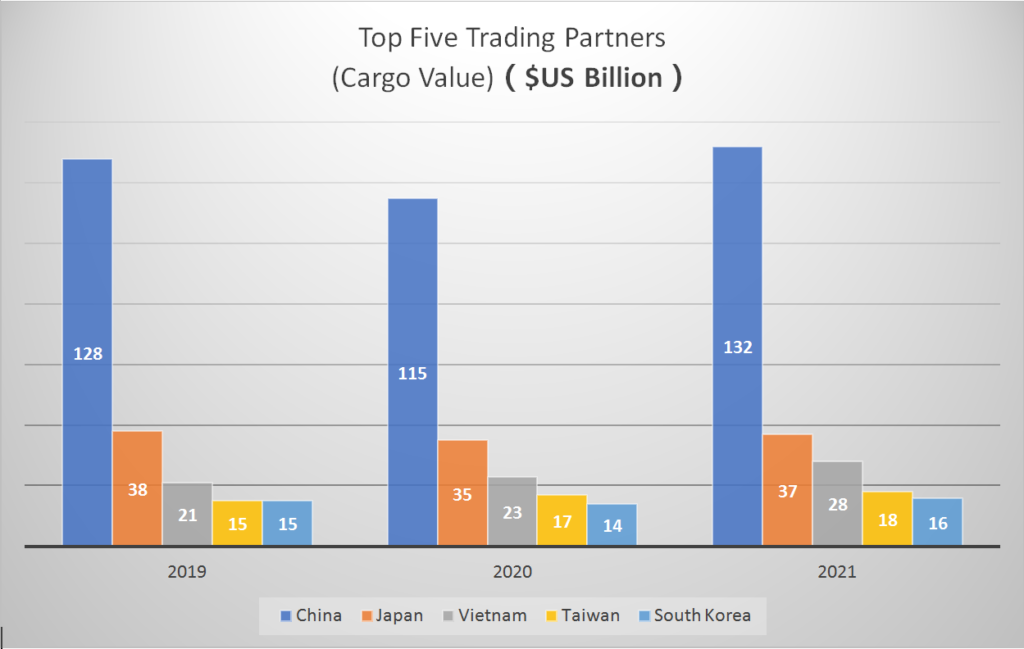Special Report from Member: Los Angeles Port Boat Tour
By Eric Yao
I recently attended a boat tour of the Los Angeles port, organized by AIR CRE (“American Industrial Real Estate and Commercial Real Estate”). Port of Los Angeles (USLSA) is the largest container port in the Western Hemisphere. The Port of Los Angeles is a department of the City of Los Angeles (also known as the Los Angeles Harbor Department) and is governed by the Los Angeles Board of Harbor Commissioners. The Port of Long Beach, which is right next to the Port of Los Angeles, is managed by the Harbor Department of the City of Long Beach. The two sister ports receive almost one-third of the inbound containers of the entire United States. It is the Port of Los Angeles that we toured this time. This was my first boat tour of the port. I was able to observe so closely at the live operation of the port, and appreciate the enormous size of the ships and the state of art of the automated operation of the port equipment.
Photo1:with Sam Tan and Joe Wang, president and vice president of Chinese Logistics Association of Los Angeles

Photo2: Los Angeles Port Officer Mr. Eric Caris as a speaker of the tour

Table1 Source: Depart of Harbour, City of Los Angeles

Photo3: Eric Caris (right), official from Los Angeles Port spoke to Joe Wang (left), vice president of Chinese Logistics Association of Los Angeles

Photo4: Container Ship Unloading

Photo5: Amazon Cargo Ship, 53’ containers (which can be shipped to Amazon FBAs directly without being transloaded from 40’ to 53’ containers)